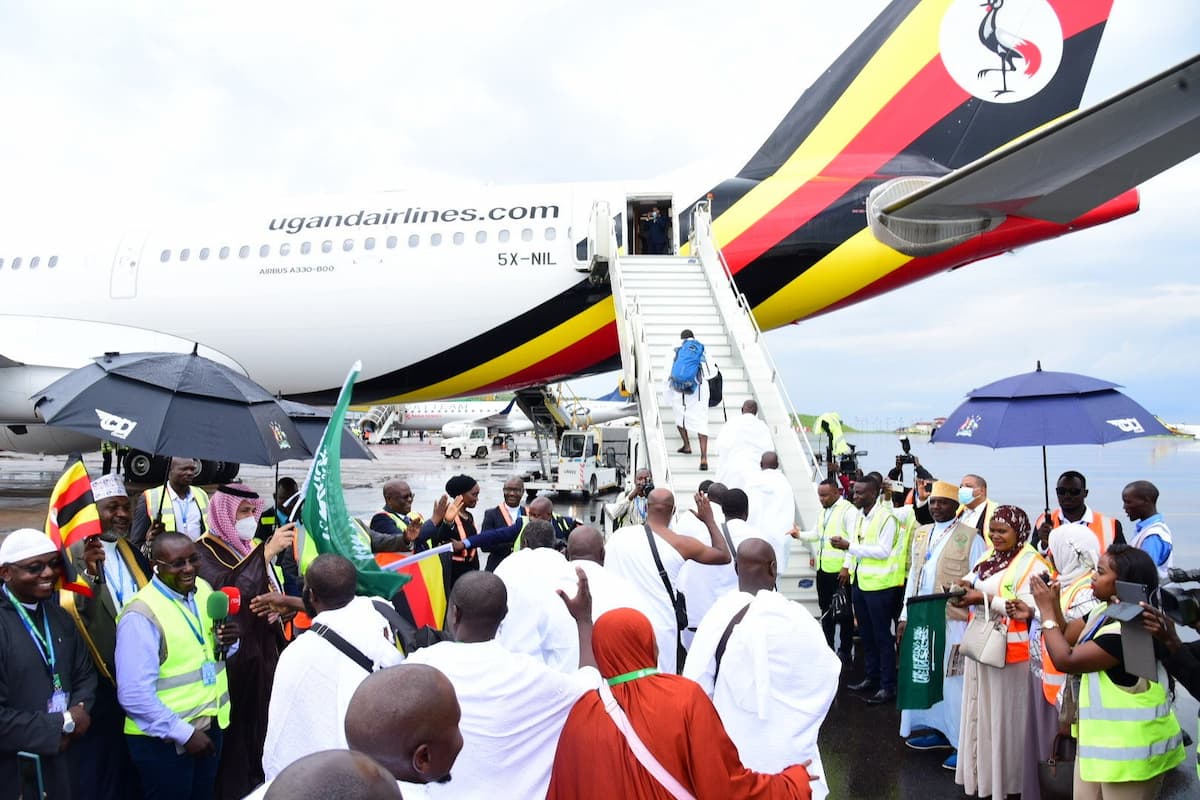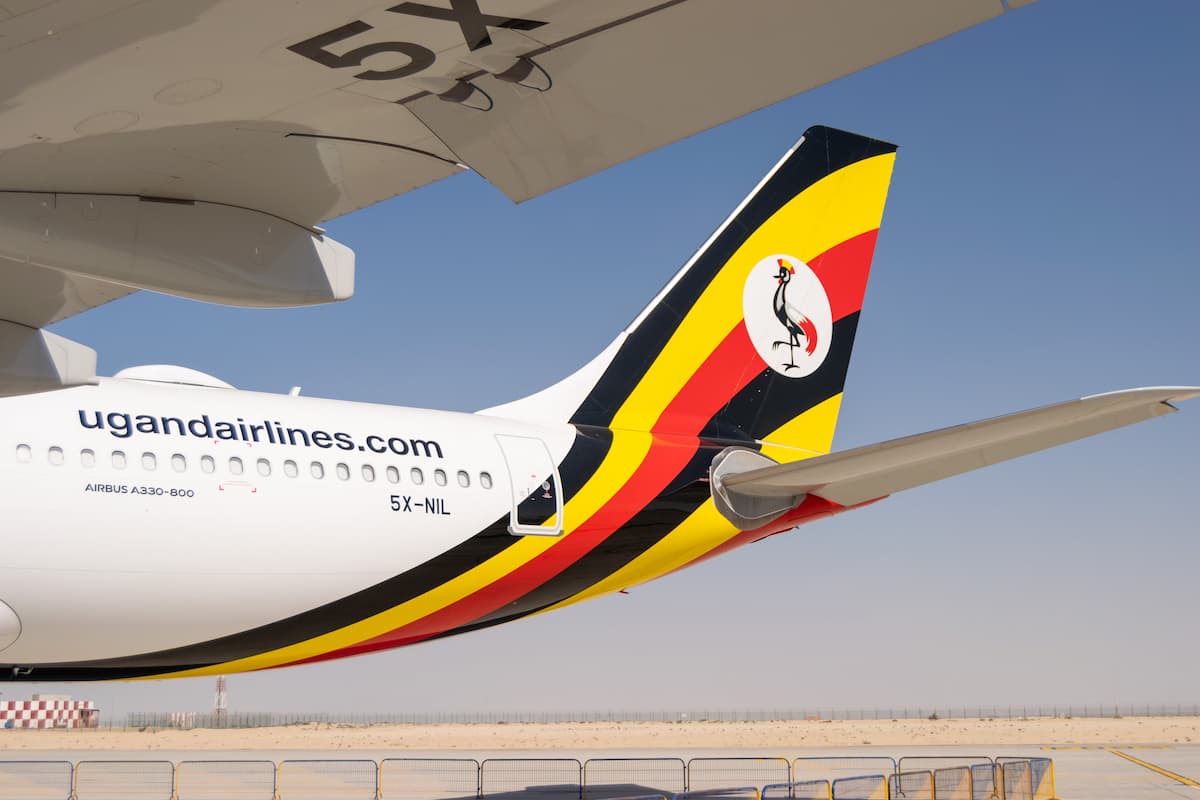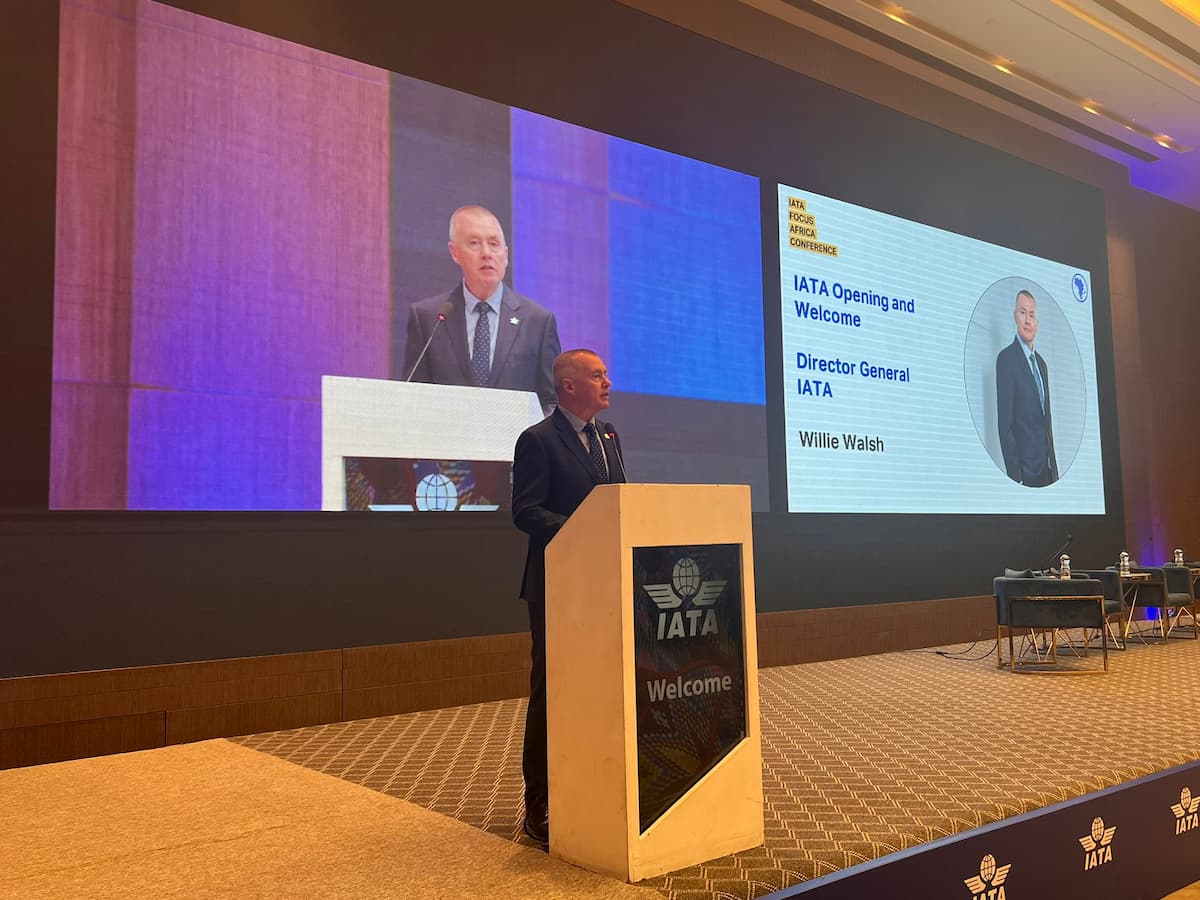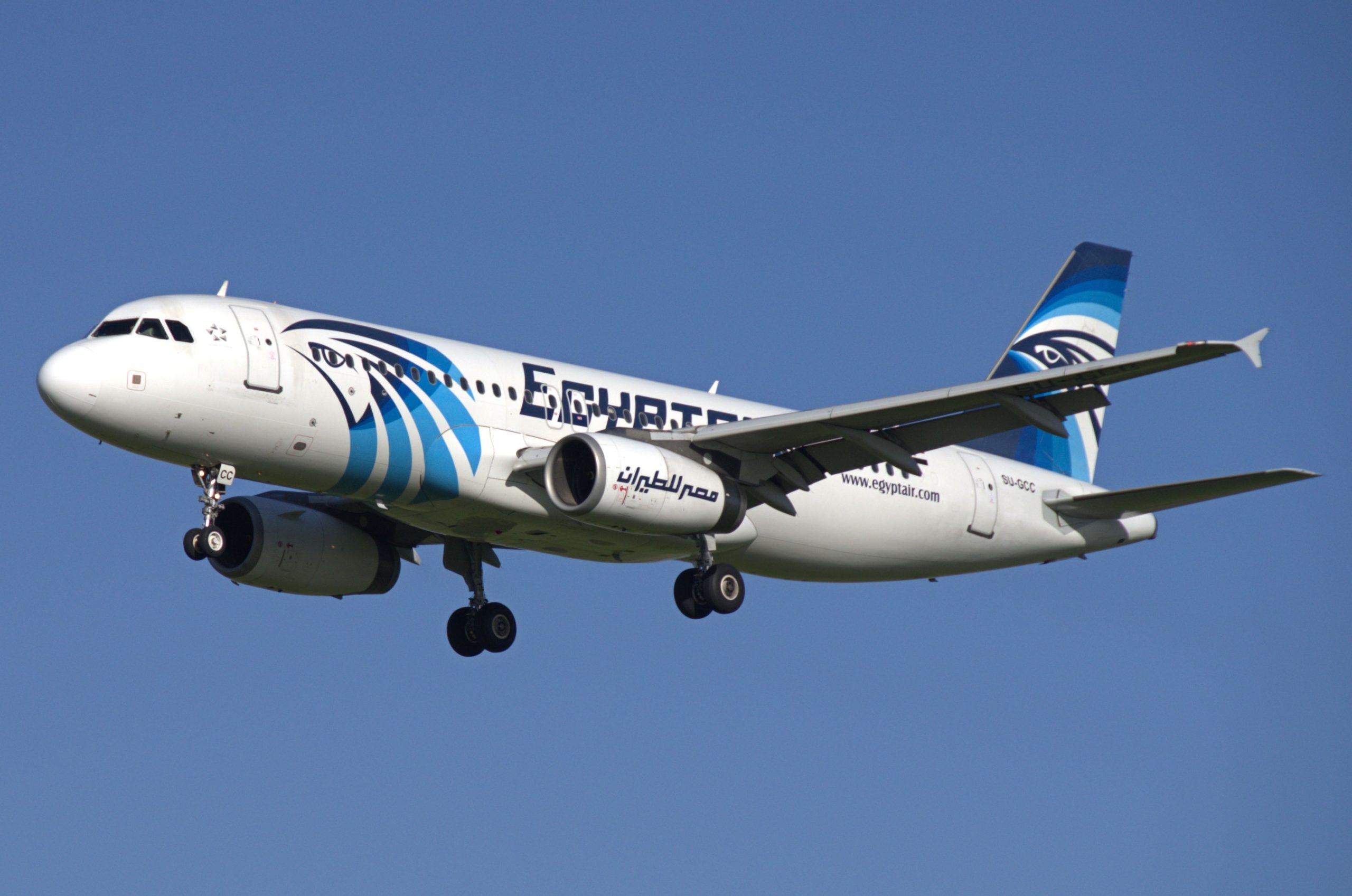Aviation stakeholders have been working together for several years to reduce the impact of air travel on the environment. Sustainability has been the top priority, with airlines, airports, and manufacturers investing millions in research, new aircraft technology, sustainable aviation fuel (SAF), and other emission reduction initiatives. Although it is a top priority, not every airline can afford to invest the same funds to implement these environmental solutions. It is even more difficult in Africa, where carriers face significantly high operating costs due to insufficient infrastructure and a weakening economic climate.
Operating in a costly environment
The cost of operating an airline in Africa is much higher than in any other region, with fuel and maintenance being the most expensive costs. Charges for airlines are also 8% higher on the continent, which is weighing them down and preventing them from growing.
As global carriers continue recovering from the COVID-19 pandemic, the International Air Transport Association (IATA) has predicted that airlines in Europe, the Middle East, and North America will return to profitability in 2023. However, African airlines are expected to go through another year of combined losses and only start recording net profits after 2024.
In addition to financial limitations, these airlines face legal, political, and legislative barriers. As several governments do not prioritize aviation, these are some challenges African carriers have to navigate before focusing on environmental sustainability.
Balancing economic and environmental sustainability
The industry is working to achieve net-zero carbon emissions by 2050 mainly through sustainable aviation fuels (SAFs), new aircraft technology and alternative propulsion systems, improving airport infrastructure and air traffic management systems, and carbon offsetting and reduction schemes. To achieve this, annual clean energy investment worldwide must increase to over $4 trillion by 2030.
These are significant figures which cannot be handled by airlines recording net losses every year. Before these carriers can invest in environmental schemes, they must focus on financial recovery. Asked if African airlines can prioritize environmental sustainability over financial sustainability, TAAG Angola Airlines CEO Eduardo Farein said at AviaDev;
“I think that is affordable, only under one condition; the airlines are still surviving, because the first thing to being sustainable is to stay alive. If the airline doesn’t exist, then we’re not talking about this, right? Then, even though everybody is sharing the same goals about the carbon footprint and all these questions, the first thing to say is whether this environment is survivable? My guess is that it will be extremely difficult that it will happen if certain conditions are not being addressed properly.”
To survive, African carriers will focus on proper financing and investing in new machines, among other initiatives that ensure economic stability. Similarly, it does not mean that these airlines will disregard environmental solutions and focus on making profits. Kenya Airways CEO Allan Kilavuka said;
“To me, sustainability talks about what we do to meet today’s needs but not compromising on the future. It talks about longevity, for the long-haul, so doing things that will not compromise our future, and that encompasses not just the environment. So that is what sustainability is all about, the social, economic, and environmental.”
He added that the African continent faces problems more significant than sustainability, including water shortages, poverty, and food security. Implementing some environmental solutions will increase the cost of air travel, preventing the growth and contribution of aviation on the continent.
Protecting the environment while growing economically
Airlink representative Linden Birns said that environmental and economic sustainability are not mutually exclusive. Environmental factors, fuel availability, inflation, and interest rates are codependent, affecting how an airline operates.
Although stakeholders are engaging to enhance aviation’s contribution to Africa’s development, the current connectivity is essential for the market’s growth. Additionally, there are no railways or roads to connect distant destinations, so aviation plays a pivotal role in moving people and goods around the continent.
African airlines are participating in more achievable initiatives to reduce the impact of aviation on the environment. These include recycling, new technology, system development, strategic routes and schedules, and flying on the best path to reduce fuel burn. Some recent milestones include Ethiopian Airlines’ A350 delivery using SAF and Kenya Airways’ most sustainable flight between Nairobi and Amsterdam.
Moving forward, the continent’s growth depends on the growth of the aviation sector. African airlines will not focus on environmental sustainability at the expense of economic growth because air travel remains critical, essential, and even the only option in some regions.
Air connectivity and emissions in Africa
Africa is home to about 1.4 billion people, nearly 18% of the world’s population. Due to the lack of connectivity and closed borders, the continent only contributes about 2.1% of global air travel. Similarly, about 80% of air travel in the continent is provided by non-African carriers.
Aviation accounts for about 2.5% of global emissions. According to the figures, African carriers contribute about 0.005% of global CO2 emissions, a significantly low percentage. Additionally, Africa’s top three biggest airlines have a combined fleet of about 270 aircraft.
African stakeholders will eventually invest in SAF and other environmentally impactful activities. However, as the lowest carbon emitters, they are calling for assistance from the larger carriers operating over 500 aircraft and significantly contributing to the CO2 emissions, so they can work together towards the common goal.
The potential of SAF production in Africa
Given the fast land, feedstock, population, human capital, and resources that Africa has, there is great potential to produce SAF on the continent. Although it would make SAF for African airlines cheaper, it would still be more expensive than fossil fuels.
Another challenge is getting the authorities and governments to invest in SAF production. They are tackling other issues like water, food, and electricity shortages, housing, and other challenges that have been placed ahead of aviation. Uganda Airlines CEO Jenifer Bamuturaki said:
“We are grappling with losses, and now we’re expecting to go back to our governments and say you need to invest in this thing called SAF. Even having the governments understand how the aviation and airline industry operates is a great challenge.”
Although African carriers will prioritize survival and economic growth, they will simultaneously invest in environmentally friendly solutions. Among these is the implementation of the Single Air Transport Market (SAATM) to promote point-to-point travel and reduce the amount of fuel burnt flying between certain destinations.
SOURCE: Simpleflying










